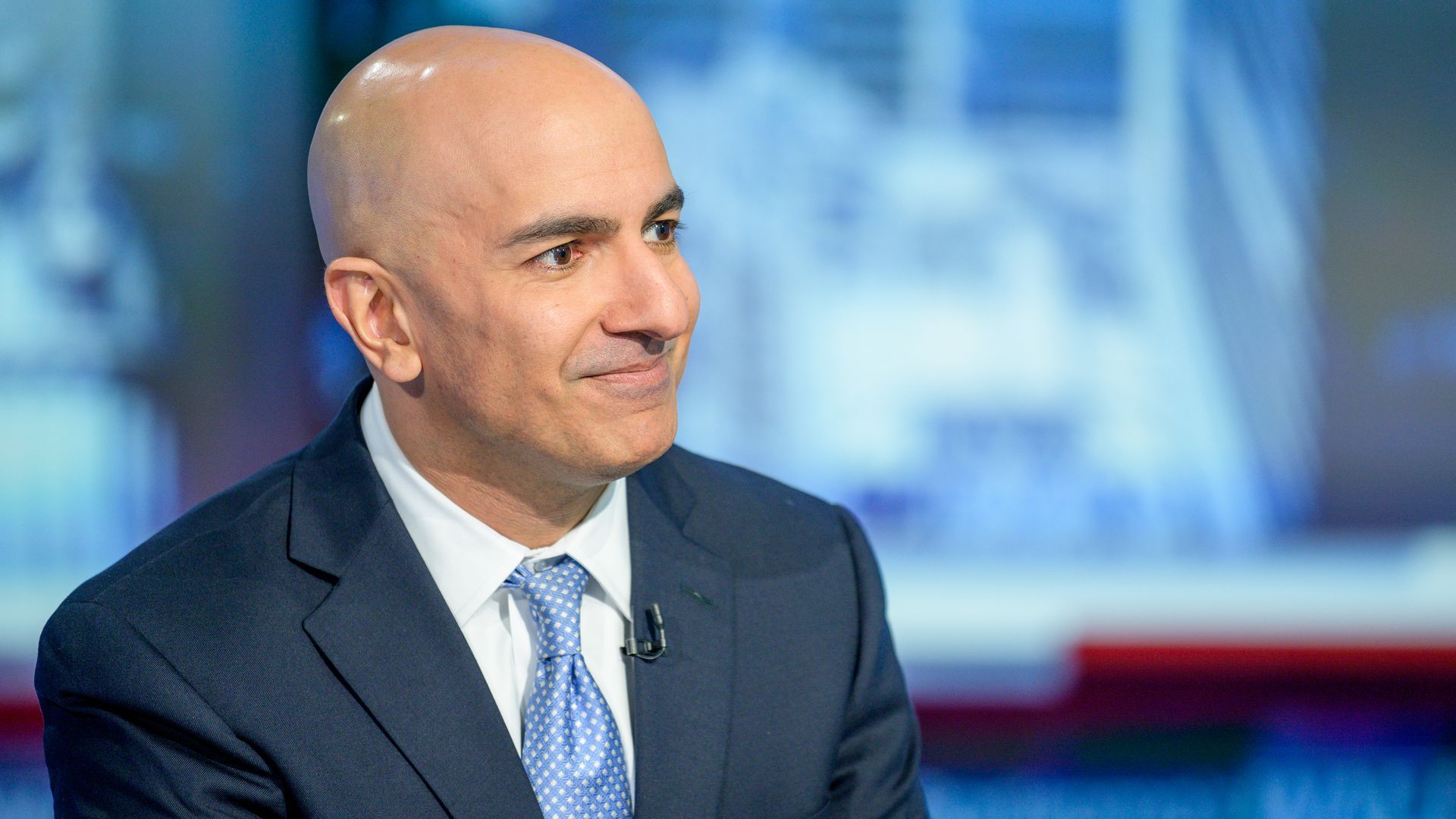 Data: FactSet; Chart: Axios Visuals A swift shift in investor enthusiasm, rather than a weakening in corporate profit power, is driving the market's recent flop. Blame Powell. Or Putin. Or both, Matt writes. The big picture: The stock market is on track for the worst year since 2008, falling nearly 13% so far in 2022, lopping roughly $5 trillion off the value of the S&P 500 and threatening to turn a sour national mood downright poisonous. What's happening: Price-to-earnings ratios — a closely watched measure of how investors are valuing stocks — have tumbled sharply over the last month (though they remain above 2019 levels). State of play: After an initial collapse in the early weeks of the COVID crisis, valuations jumped to 24 in September 2020, a level of market excitement — verging on mania — that we hadn't seen since the dot-com boom of the late 1990s. - That surge was set off, in part, by the Federal Reserve's remarkable moves to cut rates and start injecting money into financial markets to counteract the economic impact of the pandemic.
- But since March, multiples have plunged even as expectations for earnings over the next year have gone up a bit. So, what gives?
A stock slump doesn't always mean that people expect companies or the economy to struggle. It can just reflect a sudden shift in the flows of money. That's sort of what we're seeing now. How it works: Investors who try to value companies based on the profits those companies make are essentially relying on the logic of formulas called discounted cash flow models. - While there are many different variations, they all basically work the same way. The idea is you plug in a few key variables about a company into these formulas, which spit out a guess about what a company is worth.
The intrigue: Long-term interest rates — essentially we're talking about the yield on the 10-year Treasury note — are a crucial ingredient in these formulas. - This is simplified, but the key thing to know is that in these formulas — all else equal — when long-term interest rates rise, the current value of the investment falls. Long-term interest rates are determined in large part by the Fed.
Long-term rates have been surging in recent weeks, as energy costs shot sharply higher — the result of Russia's invasion of Ukraine — and Fed officials felt the need to say they'd hike rates faster than previously expected. - The result? An almost mechanical downdraft in stock prices, even if there's no proof yet that the economic picture is getting much worse.
The bottom line: The stock market wasn't the economy on the way up, and it isn't on the way down, either. Go deeper. | 










No comments:
Post a Comment